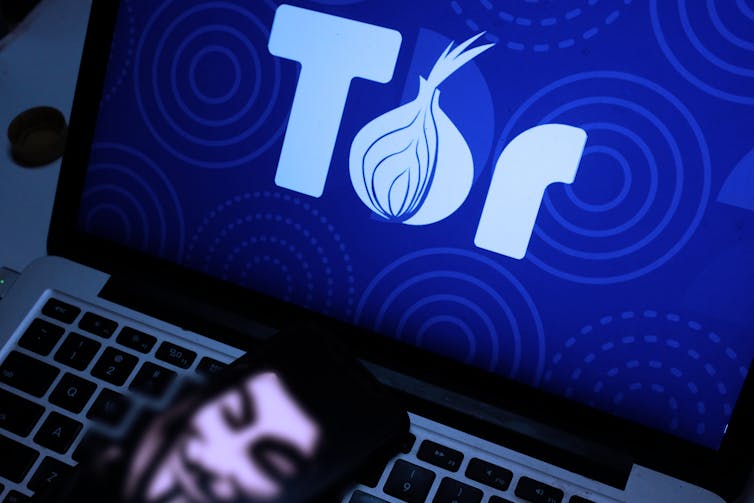Recent developments in the dark web have brought attention to the closure of Archetyp, one of the most significant drug marketplaces. This shutdown resulted from an elaborate international law enforcement operation, marking a momentous law enforcement effort. Nonetheless, for those familiar with this underground landscape, such closures are less of a groundbreaking event and more of a continuation of an ongoing trend.
Archetyp: A Snapshot of a Dark Web Giant
The dark web operates similarly to conventional e-commerce sites, presenting a shadowy version of platforms like Amazon but dedicated to illegal activities. Accessible through the Tor Browser, these marketplaces create a veil of anonymity for users. Payments are typically made using cryptocurrency and facilitated through escrow services, which serve to protect both buyers and sellers until the transaction is finalized.
Archetyp debuted in May 2020 and rapidly ascended to prominence, amassing approximately €250 million ($446 million AUD) in transaction volume. The platform boasted over 600,000 users and offered around 17,000 listings, predominantly featuring illicit drugs such as cocaine, MDMA, and methamphetamine.
One notable aspect of Archetyp was its commitment to security, implementing advanced measures such as “Pretty Good Privacy” encryption and the use of Monero for transactions. Unlike Bitcoin, Monero conceals transaction details, rendering them nearly untraceable, which enhanced the sense of safety for users engaged in illicit purchases.
Despite these high-security protocols, Archetyp fell victim to Operation Deep Sentinel, a coordinated initiative involving law enforcement from six different countries, with support from Europol and Eurojust. The marketplace’s website now displays a notice about its closure, a familiar sight in the world of dark web enforcement actions.
The Cycle of Shutdowns
The trend of market closures is nothing new in the realm of the dark web. Notable names such as Silk Road, AlphaBay, and Monopoly Market have all met similar fates. Each shutdown sparked a brief moment of policing triumph, yet the inevitable return of new markets demonstrates a resilient cycle. Users often migrate to new platforms with ease, sometimes aided by flexible onboarding processes that welcome seasoned sellers from prior platforms.
This adaptation highlights a broader community resilience within the dark web. While law enforcement initiatives target high-profile marketplaces, they often overlook the interconnected threads that bind dark web communities. Users don’t simply disappear; they congregate on forums, sharing insights on navigating the constant changes in their environment.
Moreover, the threats users face are not limited to shutdowns. The landscape features voluntary market closures, exit scams where operators vanish with funds, and routine maintenance periods that disrupt regular operations. This unpredictability is an inherent feature of their engagements, shaping behaviors and fostering a collective identity among users.
Daniel Constante/Shutterstock
Wider Implications of Policing Strategies
The prevailing focus of law enforcement on dark web markets may overlook broader digital dangers. While illicit drug trade is a significant concern, many of these activities spill into mainstream digital spaces. Social media platforms have become breeding grounds for alternative means of drug sales, leveraging algorithms to recommend content that could lead to illegal purchases.
Additionally, emerging technologies like generative AI introduce their own set of risks, including the misuse for creating sexual deepfakes, affecting both public and private individuals. Recent incidents involving prominent figures highlight how these technologies can exacerbate existing issues beyond the dark web.
Furthermore, the rise of crypto-related fraud, including pump-and-dump schemes, showcases another layer of risk that transcends dark web activity. Despite headlines focusing on specific marketplaces, these digital harms represent a significant portion of the overall landscape, often escaping the scrutiny that comes with more notorious platforms.
While the closure of Archetyp may provide momentary headlines, it underscores a pressing need to reassess how we perceive and tackle digital harm. Restricting attention solely to dark web marketplaces may allow other, more prevalent issues to flourish unchecked.




